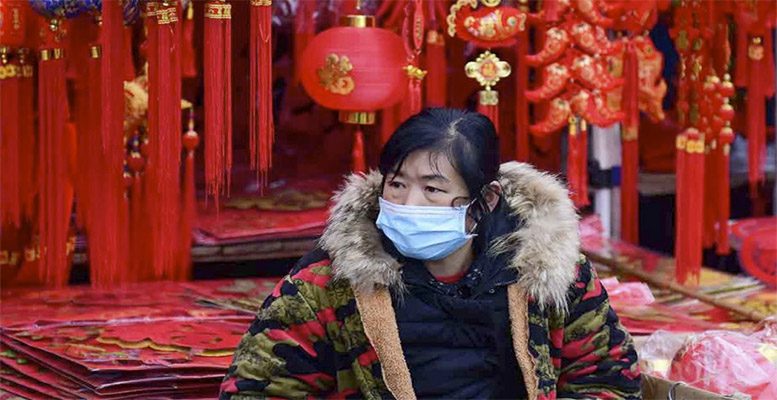Intermoney | The first piece of macroeconomic news this week came from China: the Asian giant surpassed its economic growth previous to the health crisis. Specifically it recorded 6.5% per year in Q4’20, when in the same period in 2019 it grew by 6%. This circumstance meant that growth for the year as a whole was 2.3%, compared to the 2.1% expected by market consensus. Thus guaranteeing China’s rapid recovery, while also highlighting the country’s margin for facing up to any temporary turbulence linked to the resurgence of COVID-19. In the end, the Asian giant has fully recovered from the crisis. And for the moment, any setback would only mean that it will take a little longer to reach its “cruising speed.” A totally different situation to that in Europe, where the new waves of the coronavirus have prevented the recovery phase from consolidating.
The reason why China has been better able to overcome the COVID-19 crisis is not only because of the rapid control of the disease. It’s also because the country is the great global factory and industry represents almost 30% of its GDP. The coronavirus crisis has been one affecting services and not so much goods, which has especially benefited the Asian country. In fact, once the forced shutdown of industry in the early months of 2020 was overcome, it has behaved very well. For the year as a whole, the Chinese secondary sector grew by 2.6% compared to 2.1% in the tertiary sector.
China’s production figures in December also performed better than expected, rising by 7.3%, and 2.8% in the full-year 2020. However, retail sales slowed from 5% in November to 4.6% in December due to the low temperatures in Asia this winter. It may be tempting to blame these worse results on the upsurge in COVID-19 cases in China, but this seems premature. In fact, paradoxically, the increase in coronavirus cases in China may not lead to a halt in activity in Q1’21.
At the beginning of each year, the celebration of the Lunar New Year means a slowdown for many companies, especially in the industrial sector. This is only partially compensated by increased activity in the retail and tourism sectors. However, with the resurgence of the COVID-19, the Chinese authorities seemingly want to limit mobility by maintaining activity in the majority of companies; a goal for which employees would be encouraged to continue working with incentives. So rather than forbidding it, China would encourage the population to continue working to limit the number of people returning to their places of origin during the New Year celebrations. A system that, if it takes shape and is successful, can also serve to ensure that coronavirus containment measures do not take their toll on activity in China.





